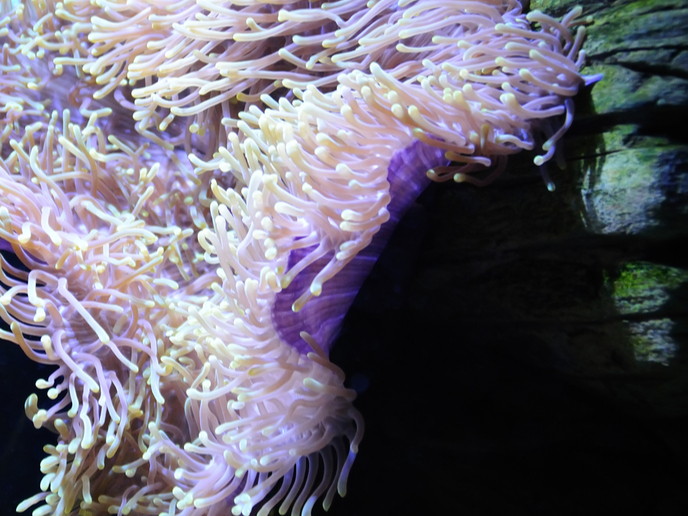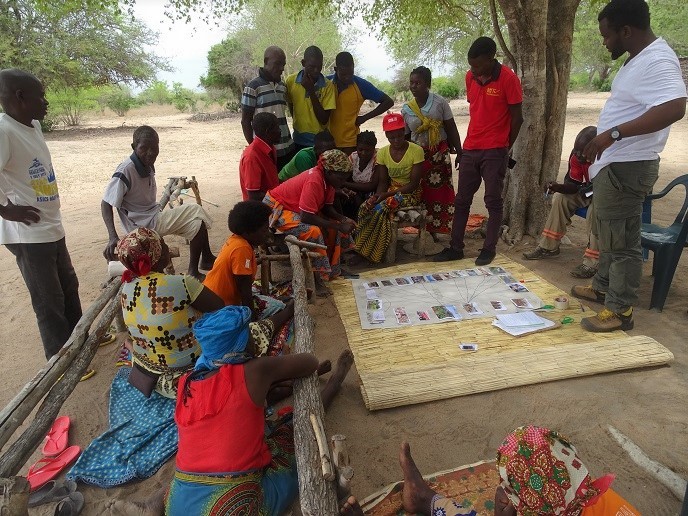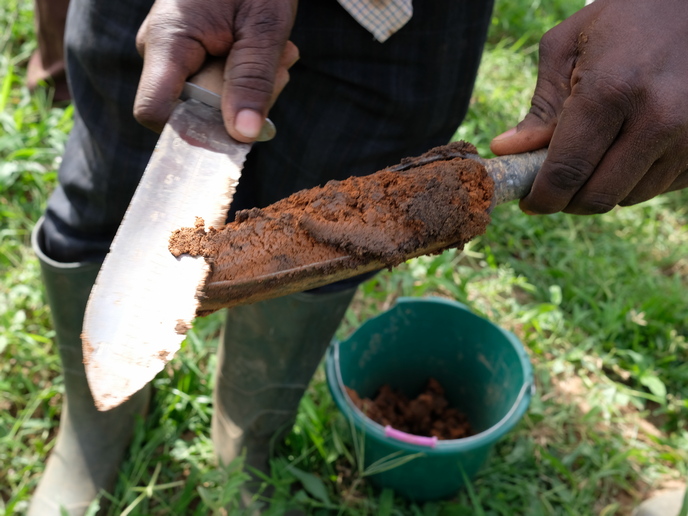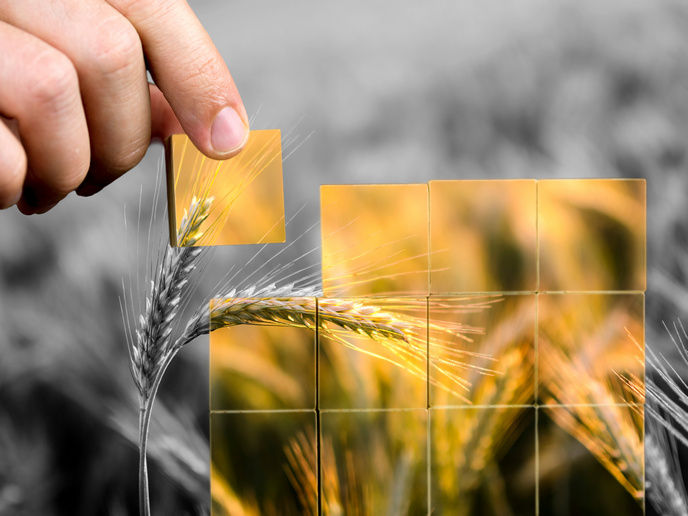The role that aquatic host-microbe interaction plays in pathogen emergence
Disease in aquatic organisms in several key animal groups is increasing, including mammals and corals. The rapid disappearance of once-common species, such as the black abalone sea snail, Haliotis cracherodii, or the oyster Crassostrea virginica, suggests a system out of balance or the introduction of a pathogen, or both. Eutrophication (sewage and agricultural runoff), rising global temperatures (due to climate change), pollution, invasion of new/exotic species and the destruction of coastal habitats, all serve as stressors. But there is a dearth of data about the links between these and the health of marine organisms. There is however accumulating evidence connecting disease to the diversity of an organism’s microbiome. Microbiota enhances host function and contributes to host fitness and health – disturbing the balance between the host and its colonising microbiota appears to encourage diseases.
A breakdown in relations
The EU-funded MICROCHANGE (Emergence of pathogenicity in the sea: altered host-microbe interactions in the face of environmental change) project, undertaken with the support of the Marie Skłodowska-Curie programme, studied the sea anemone Nematostella vectensis(opens in new window) as a host, alongside its associated microbes, focusing on the family of bacteria - Vibrios(opens in new window). Vibrios are troublesome pathogens for aquaculture animals such as crabs and prawns. Some strains can induce severe illness in humans, such as gastroenteritis. Furthermore, 50 % of coral pathogens belong to the family of Vibrionaceae. While Vibrios are actually symbionts of several vertebrate and invertebrate hosts – such as fish, sea anemones, sponges, molluscs and zooplankton – there is evidence that under certain conditions, they can become pathogens. For MICROCHANGE, the sea anemone Nematostella vectensis offered a model system for study due to its wide distribution around European coastal estuaries and ease of use in the lab. Vibrios had also already been successfully isolated from this species. After the structure of the Vibrio population in the wild was determined, MICROCHANGE conducted lab experiments to test the stability of the host-microbiome relationship under a range of environmental stressors. To test for the effects of nutritional stress, the freshwater polyp Hydra vulgaris(opens in new window) was used, taking advantage of cells covered with a multi-layered carbon enriched coating that provide a habitat for a simple but core microbiome. After exposing the animals to nutrient enriched environments, the researchers followed changes in their microbiome composition (using 16S rRNA gene high-throughput Illumina sequencing) and density (using plating). “Our results suggested that microbial population density is a fundamental indicator of host health, and that nutritional stress contributes to alterations in the microbiome that may be linked to the deterioration of host health,” says Marie Skłodowska-Curie researcher, Dr Peter Deines. The key implication of MICROCHANGE’s results is that altered environmental conditions can lead to a state of dysbiosis(opens in new window), whereby a microbiome’s ability to resist invasion is diminished, potentially leading to the emergence of pathogens.
Maintaining high EU food and environmental standards
Diseases in aquatic animals directly affect humans, in terms of not only increased health risks but also the economic and social costs associated with degraded ecosystem productivity. Increased understanding about the processes underlying healthy microbiomes and pathogen emergence can lead to water and ecosystem strategies which integrate resilience to climate change. “We can observe links between environmental changes and increased disease on our doorstep. For example, abnormally high temperatures in the Baltic Sea have coincided with unusually large numbers of Vibrio infections. Understanding these links contributes to EuroMarine’s vision of Blue Science for Blue Growth(opens in new window),” says Prof. Thomas Bosch, the project host.







